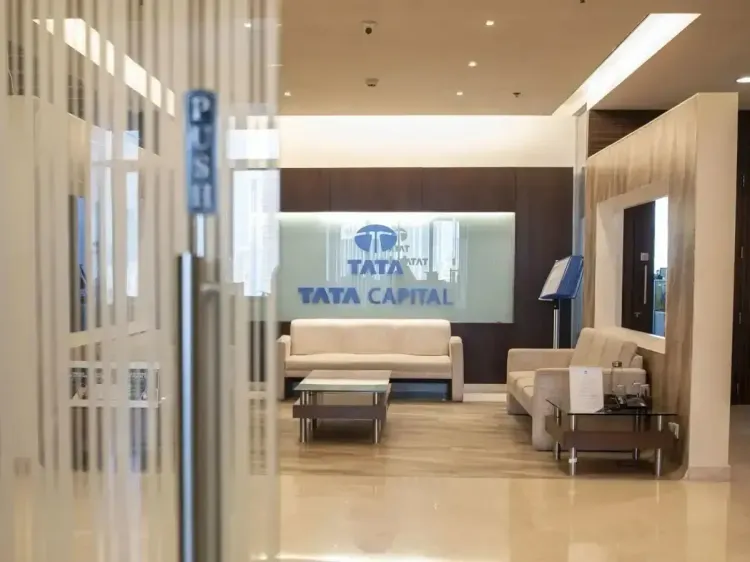What Happened to Tata Capital Shares After Their Listing?

Synopsis
Key Takeaways
- Tata Capital shares closed at Rs 331.10 on debut.
- The IPO was priced at Rs 326.
- Overall subscription of 1.95 times.
- 80% of loan book is secured.
- Funds will enhance Tier-1 capital.
Mumbai, Oct 13 (NationPress) Following a subdued listing, the shares of Tata Capital experienced minimal movement during their inaugural trading session on Monday, concluding at Rs 331.10, reflecting an increase of 1.56 percent from the IPO price of Rs 326 and a 0.33 percent rise from the listing price.
In the morning, the shares of Tata Capital, a financial services arm of Tata Sons, began trading flat at Rs 330 on both the NSE and BSE, representing a 1.23 percent premium over the issue price of Rs 326.
The listing price of Tata Capital was slightly above the grey market projections. Before the listing, unlisted shares of Tata Capital were trading at Rs 326, as per sources monitoring unofficial markets.
The mainline IPO, valued at Rs 15,511 crore, included a fresh issue of 210 million equity shares and an offer for sale of 265.8 million shares, with a price band ranging from Rs 310 to Rs 326. The public offering garnered a muted response from investors, achieving an overall subscription rate of 1.95 times.
Qualified Institutional Buyers subscribed 3.42 times, Non-Institutional Investors at 1.98 times, and retail investors at 1.10 times.
Tata Capital was recognized as an upper-layer NBFC in September 2022.
Domestic brokerages have assigned an “Add” rating and a valuation of Rs 360 to the stock, based on a 2.9x FY27E P/B, emphasizing a robust growth trajectory and backing from the Tata Group. Reports indicate that around 80 percent of Tata Capital's loan portfolio is secured, with retail finance constituting 61 percent of the total.
Tata Capital achieved a 31 percent CAGR in AUM from FY22 to FY24, with average RoA and RoE of 2.3 percent and 18 percent in FY23 and FY24, respectively.
Funds acquired from the IPO will bolster Tata Capital’s Tier-1 capital, facilitating its future growth and lending needs.
This listing aligns with the Reserve Bank of India’s mandate that upper-layer non-banking financial companies (NBFCs) must go public within three years of their classification.
--IAN
aar/na









